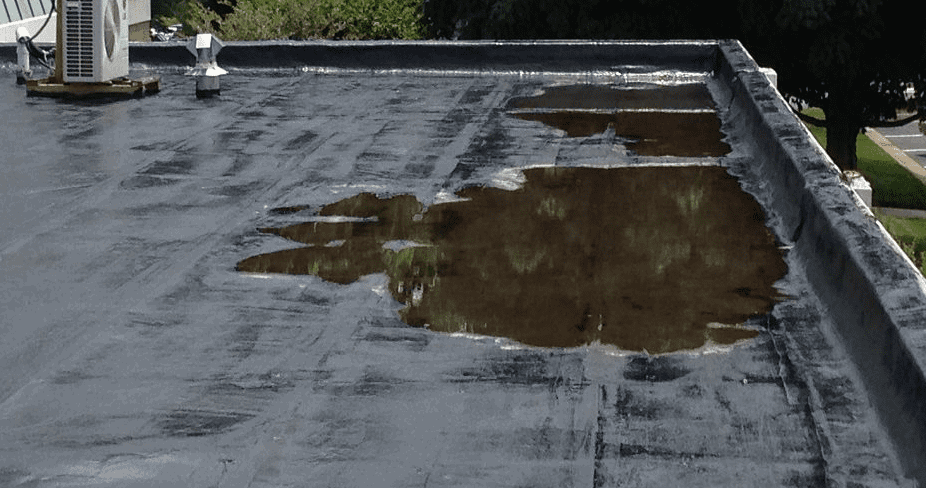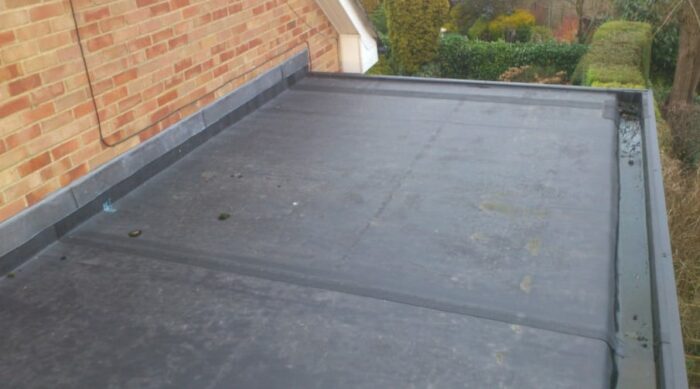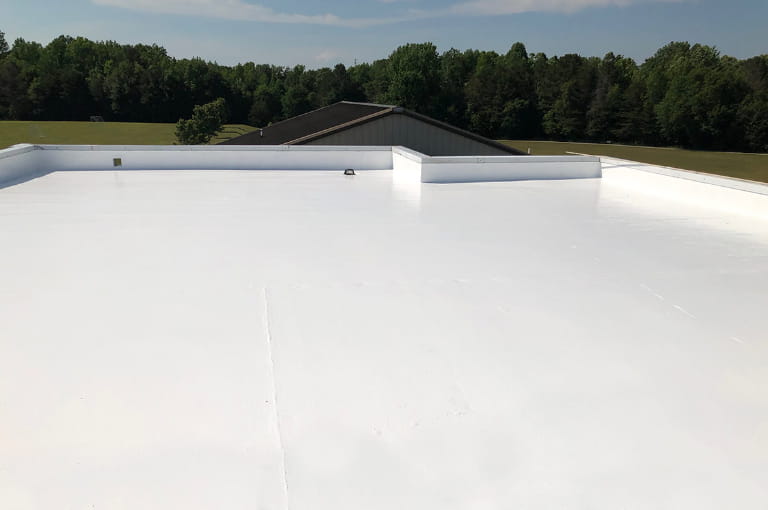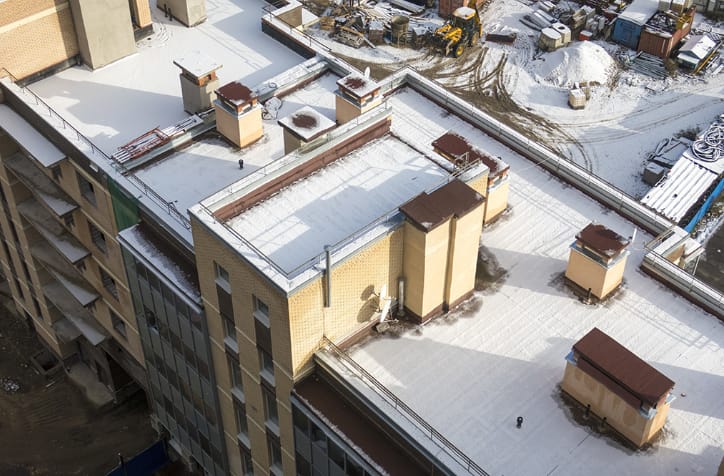Flat roofs are architectural wonders that discard the traditional reliance on sloped roofing, giving your forefront a unique blend of stylish aesthetics, functionality, and versatility.
These smart and horizontal roof components have become an integral element in the contemporary structure, offering many benefits beyond mere visual charm.
From complex commercial structures to simple house dwellings, incorporating flat roofs in building projects also opens a realm of possibilities in space utilization.
It can change what was once an underutilized top space into a usable investment, providing options to place recreational areas, like rooftop gardens, outdoor entertainment areas, solar panel installations, and more.
In this blog post, we’ll share the best ways to maintain flat roofs in your construction work and make sure that it always functions optimally.
12 Essential Tips When Upkeeping Your Project’s Flat Roofs
Maintaining flat roofs guarantees the component’s long life span, protection from leakages, and preservation of the entire building’s integrity. Below are some of the tips you can take note of:
1. Schedule regular inspections

Hire a maintenance specialist and arrange a routine inspection schedule to quickly pinpoint issues likely to appear in your client’s roofing.
These experts will look for signs of pooling water, emerging cracks, blistering, membrane deterioration, or remnants that might block drainage. Consider adding a Fakro DRL flat roof access door in your roofing project to give the maintenance and cleaning personnel a safe and easy entry point to the attic.
2. Clear debris
Keep your roof space free from obstructions, such as branches, leaves, dirt, and any visible debris that can clog drains within your roofing project and cause water to pool. Frequent cleaning empowers your clients to avoid water buildup and prevent leaks.
3. Maintain proper drainage

Secure the roof’s adequate drainage systems, like gutters, scuppers, and downspouts. Remove these meddlesome pathways to stop water stacks and static pools.
4. Address ponding water
Accumulating water is a typical problem with flat roof spaces. If you detect some sites where water’s pooling, search and consult with a roofing professional promptly to enhance the roofing’s slope or install more drains to manage sufficient water flow.
5. Seal gaps and cracks
Advise your clients to check their flat roofs regularly and immediately seal any seams, gaps, or cracks in the roofing membrane. Water penetration through these unattended openings can result in severe leaks and damage.
6. Maintain flashing

Smart use of flashing around skylights, vents, parapet walls, and chimneys is crucial. Make it a habit to examine those top locations, find any loose or impaired flashing, and ensure its tight sealing to contain water infiltration effectively.
7. Check HVAC units
If your client plans to integrate an HVAC unit or similar equipment on the roof, make sure to remind them to inspect these facilities for damages or leaks. Neglected utilities can lead to water entry or endanger the roofing layer.
8. Trim nearby trees
If trees surround your building project, routinely trimming overhanging branches is necessary to deter them from scratching the roof, causing damage, or plugging drains.
9. Propose roof coating

Reflective roof coating application can further safeguard the roofing material from hazardous UV rays, guarantee longevity, and improve energy efficiency by lessening heat absorption.
10. Address leaks or damage promptly
Each day a leak goes unrepaired, hundreds of gallons of water may seep into the roof and cause damage to insulation, decking, and substructure—which can cost up to triple the initial repair expenses if left for weeks. Immediate attention to minor issues can avoid catastrophic damage and exorbitant costs in the long run.
11. Ensure adequate weatherproofing
Secure the right and adequate weatherproofing for rooftop penetrations, like vents and access doors, to discourage leakage problems.
Regularly inspecting and replacing worn seals with durable, flexible sealant helps keep moisture out and extends the roof’s lifespan by preventing corrosion, wood rot, and other water-related damage to the underside of the roof and building structure.
12. Develop an emergency plan

Make a comprehensive plan for emergencies, such as intense weather conditions. Ensure that drains are obstruction-free and that your structure project’s roof can handle heavy rainfall, strong winds, and harsh snowfall.
Flat Roof Maintenance: An Investment That Pays Off Over Time
With proactive care and vigilant maintenance, your clients’ flat roofs can go the distance—protecting their properties for many years ahead.
By paying close attention, addressing issues promptly, and carefully considering the strategies outlined above, you hold the power to extend the roof’s lifespan, ward off costly leaks, and ensure the complete durability of their structures for the long haul.
Proper flat roof management is not a “set it and forget it” task but a continuous commitment for maximum reward—buildings that stand strong, secure, and weathered for as long as quality craftsmanship and attentive upkeep allow.
 Jessica Paster The Future is Green
Jessica Paster The Future is Green